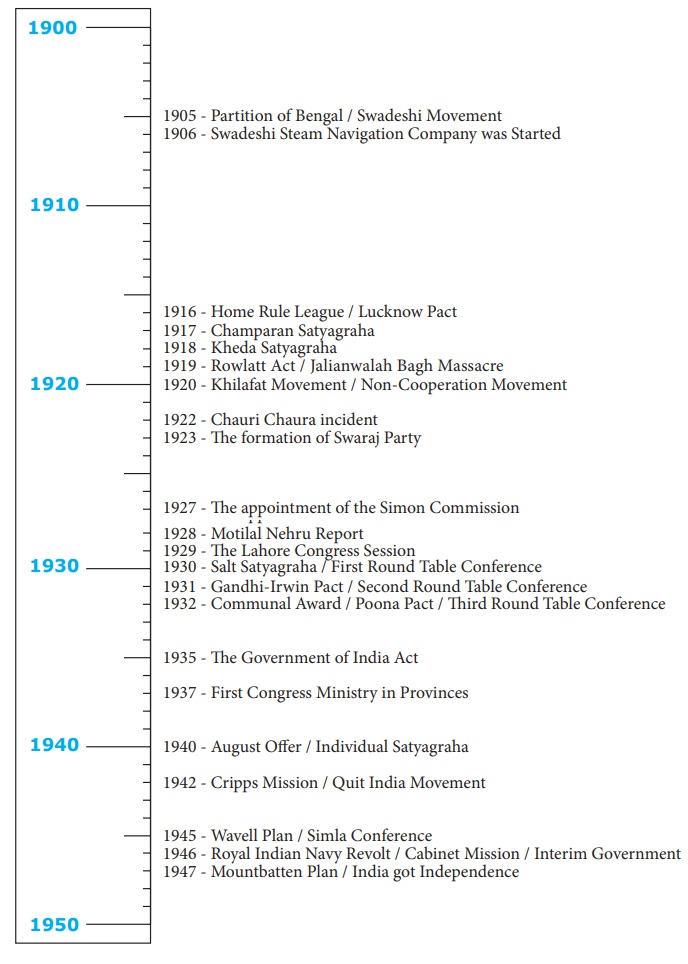Social Transformation in Tamil Nadu | History | Social Science - Answer in detail | 10th Social Science : History : Chapter 10 : Social Transformation in Tamil Nadu
Chapter: 10th Social Science : History : Chapter 10 : Social Transformation in Tamil Nadu
Answer in detail
VI. Answer in detail
1. Attempt an essay on the
foundation and development of Tamil Renaissance in the 19th Century.
Foundation of Tamil
renaissance:
• The rationalistic thoughts and the introduction of printing press supported the process of Tamil
renaissance.
• A number of Tamil secular texts were published.
• Tamil scholars like U.V.Swaminathar and Damotharanar played an
important role.
• Damotharanar collected palm-leaf manuscripts of Tamil
literature and grammar. U.V. Swaminathar published classical texts like
Civakachinthamani, Paththupattu, Chilapathikaram and Purananuru.
Development:
• The publication of these ancient literary texts created
awareness among the people about their historical tradition, language,
literature and religion.
• Modern Tamils founded their social and cultural identity on
the ancient Tamil classics, collectively called the Sangam literature.
• F.W. Ellis formulated the theory that the South Indian
languages belonged to a separate family which was not related to the Indo-Aryan
family of languages.
• This statement was supported by Robert Caldwell in his book 'A
Comparative Grammar of the Dravidian Languages'.
• Tamil intellectuals identified the fundamental differences
between Tamil and Sanskrit and Aryan Brahmanism.
• They argued that Tamil was a language of Dravidian people who
are non-Brahmins.
• Tamil renaissance contributed to the origin and growth of
Dravidian consciousness.
• Thiru. Vi. Kalyana Sundaram, Maraimalai Adigal, Subramania
Bharathi, S. Vaiyapuri and Bharathidasan have also contributed to the revival
of Tamil literature through their writings.
2. Describe the background for
the formation of the Justice Party and point out its contribution to the cause
of social justice.
Formation Of the
Justice Party:
• On 20 November 1916 non Brahmin leaders like Natesanar, Sir
Pitti Theyagarayar, Alamelu Mangai and T.M. Nair formed the South Indian
Liberal Federation.
• The first election was held in 1920 and the Justice party
formed the first ever Indian cabinet in Madras.
Contributions of
the Justice Party:
• Justice Party published newspapers such as.Dravidian, Justice
and Andhra Prakasika to propagate the ideals of the party.
• The Justice party government widened education and employment
opportunities for the majority of the population.
• The Justice party removed the legal hindrances restricting
inter-caste marriage.
• It broke the barriers that prevented the Adi-Dravidars from
using public wells and tanks.
• Public schools were ordered to admit Adi-Dravidar children.
• Hostels were established for Ad-Dravidar children.
• Women were permitted to participate in the electoral politics
in 1921.
• It worked for communal representation for various communities.
• Orders were passed for equal distribution among various castes
in appointments.
• In 1924 the Staff Selection Board was created.
• In 1929 the Public Service Commission was established.
• The Justice party introduced the Hindu Religious Endowment
Act.
• Anybody irrespective of their caste were permitted to become
members of temple committee.
3. Estimate Periyar E.V.R’s
decisive contribution to the social transformation of Tamil Nadu.
E.V.R. Periyar was the founder of the Self Respect Movement.
Caste based:
• Periyar advocated a casteless society devoid of rituals and
differences based on birth.
• Periyar as the president of Tamil Nadu Congress Committee
proposed a resolution regarding the rights of untouchables to temple entry.
• Lower caste people were denied admission into the temple and
the streets around the temple at Vaikom. Periyar led the temple entry movement
against this and succeeded in his attempt.
• Periyar was disturbed by the caste based discrimination in the
dining hall at the Cheranmadevi Gurukulam. He objected this and protested
against this discrimination.
• Periyar started the Self Respect movement in 1925.
• He insisted the introduction of reservation in legislative
bodies for non-Brahmins.
• He supported Ambedkar's demand for separate electorate for
scheduled castes.
• He advocated self respect marriages.
Through newspapers:
• Periyar started a number of newspapers like Kudi Arasu,
Revolt, Viduthalai and Puratchi. He exposed the voices of non-Brahmins and
minorities through newspapers.
Education:
• Periyar opposed the introduction of Hindi in schools.
• He criticized Kula Kaivi Thittam and opposed it.
Periyar, a Feminist:
• Periyar condemned child marriage and devadasi system.
• He supported women's right to divorce and property.
• He welcomed equal rights for males and females in property.
• Periyar's Self Respect Movement worked for women's
emancipation.
VII. Students Activity
1. Students can be taught to
distinguish between Labour Movement and Trade Union Movement. Project work on
the activities of local trade union organisations may be done by students.
2. Students can compile the activities of the local writers’ associations or women’s collectives.


Related Topics